Home>Others>Specialized Home Improvement Topics>How To Tint Windows On Car
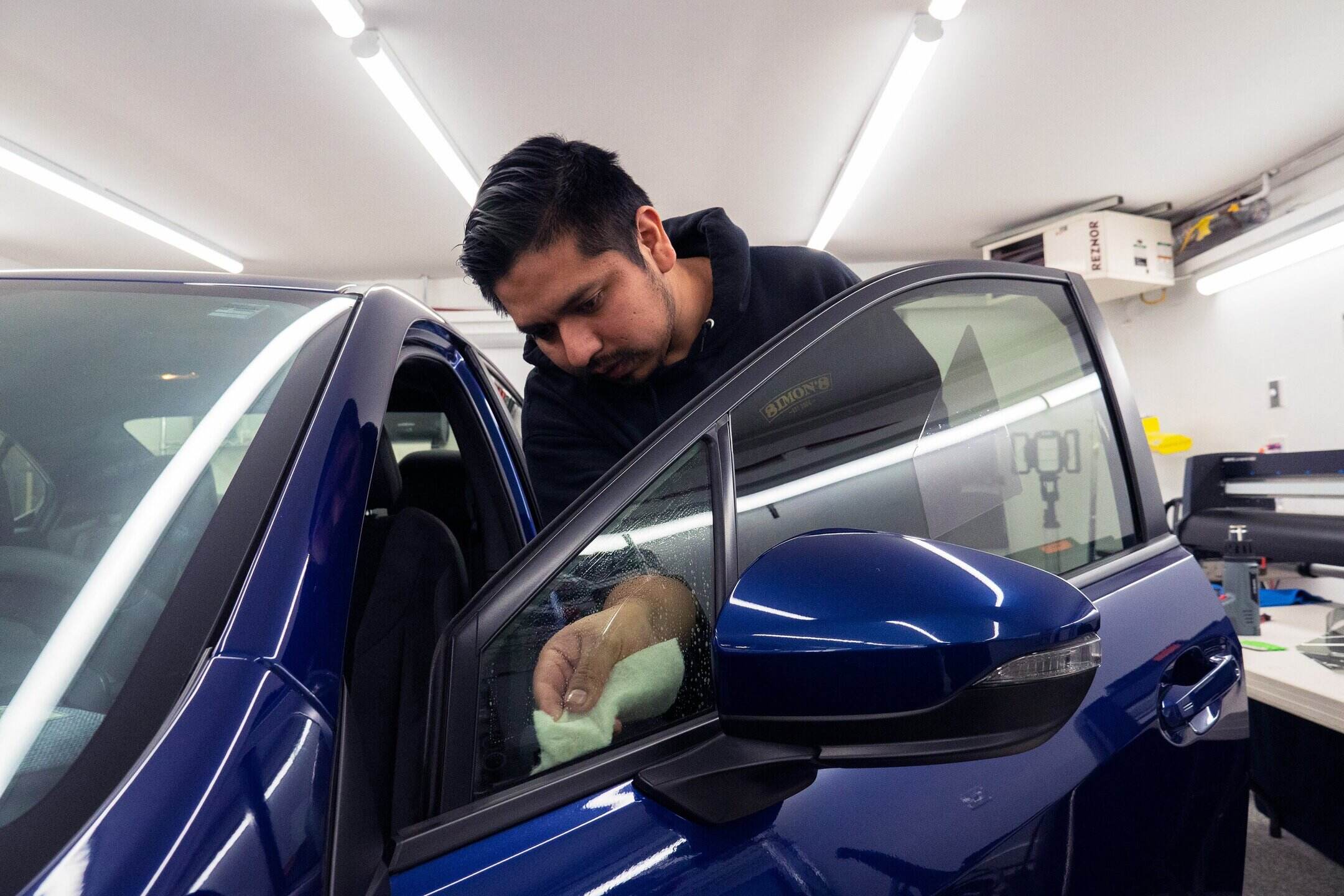

Specialized Home Improvement Topics
How To Tint Windows On Car
Modified: January 14, 2024
Learn how to tint windows on your car with our specialized home improvement topics. Get expert tips and tricks for a professional finish.
(Many of the links in this article redirect to a specific reviewed product. Your purchase of these products through affiliate links helps to generate commission for Storables.com, at no extra cost. Learn more)
Introduction
Welcome to the world of window tinting! Whether you're looking to enhance the aesthetics of your vehicle, reduce glare and heat, or increase privacy, window tinting is a fantastic option. In this guide, we'll explore the ins and outs of tinting car windows, from understanding the different types of tint to the application process and maintenance tips. By the end of this article, you'll have a comprehensive understanding of how to tint car windows and the benefits it offers.
Window tinting is not only a practical solution but also a style statement. It can transform the appearance of your vehicle, giving it a sleek and sophisticated look while providing numerous functional advantages. Understanding the nuances of window tinting is crucial to ensure that you make informed decisions throughout the process.
From selecting the right type of tint to preparing the windows and executing the application with precision, each step plays a significant role in achieving the desired results. Furthermore, proper maintenance is essential to preserve the tint's quality and longevity.
So, whether you're a car enthusiast looking to upgrade your vehicle's appearance or someone seeking practical benefits such as UV protection and heat reduction, this guide will equip you with the knowledge and insights needed to embark on your window tinting journey. Let's dive in and explore the world of car window tinting together!
Key Takeaways:
- Window tinting offers both aesthetic and practical benefits for car owners, including heat reduction, glare reduction, and UV protection, enhancing comfort and privacy while transforming the vehicle’s appearance.
- Choosing the right tint involves considering primary objectives, aesthetic preferences, and local regulations, as well as prioritizing high-quality products and professional installation services to achieve a sleek and functional finish.
Read more: How To Apply Tint To Car Windows
Understanding Window Tinting
Window tinting involves applying a thin film to the interior surface of car windows. This film is designed to block or filter light, thereby altering the appearance and functionality of the glass. The primary reasons for tinting car windows include reducing heat and glare, enhancing privacy, and protecting the vehicle's interior from UV radiation.
There are various types of window tinting films available, each offering distinct features and benefits. Dyed film, for instance, is an affordable option known for its ability to reduce glare and improve privacy. However, it is less effective in blocking heat compared to other types of tint. On the other hand, metalized film contains small metallic particles that not only block heat and UV rays but also strengthen the window. However, it may interfere with electronic signals such as GPS and cell phone reception. Another popular option is ceramic film, which provides exceptional heat and UV protection without interfering with signals, making it a premium choice for many car owners.
It's important to familiarize yourself with local regulations regarding window tinting, as laws governing the allowable tint darkness levels and reflectivity vary by location. Understanding these regulations will help you select a tint that complies with the law while meeting your specific needs.
Moreover, when considering window tinting, it's essential to assess the quality and expertise of the installer. Professional installation not only ensures a flawless finish but also minimizes the risk of bubbling, peeling, or discoloration over time. By understanding the different types of window tinting films and the importance of professional installation, you can make informed decisions that align with your preferences and requirements.
Window tinting is a versatile and practical solution that offers a myriad of benefits, from enhancing comfort and privacy to protecting the vehicle's interior and occupants from harmful UV radiation. As we delve deeper into the window tinting process, you'll gain valuable insights into choosing the right tint and preparing for the application.
Choosing the Right Tint
When it comes to choosing the right tint for your car windows, several factors need to be considered to ensure that the selected tint meets your specific requirements and preferences. Understanding the different types of tint and their respective benefits is crucial in making an informed decision.
First and foremost, assess your primary objectives for tinting the windows. Are you looking to reduce heat and glare, enhance privacy, or protect the vehicle's interior from UV radiation? Identifying your priorities will guide you in selecting the most suitable type of tint. For instance, if heat reduction is a top priority, a ceramic film may be the ideal choice due to its exceptional heat-blocking properties.
Additionally, consider the aesthetic appeal and the level of light transmission you desire. Some tints offer a darker, more dramatic appearance, while others maintain a relatively lighter shade. Understanding the visual impact of different tint options will help you achieve the desired look for your vehicle.
Local regulations regarding allowable tint darkness levels and reflectivity should also be taken into account. Ensure that the tint you choose complies with these regulations to avoid potential legal issues. Some regions have specific restrictions on the darkness of tint for certain windows, such as the front side windows and windshield, so it's important to be well-informed about these regulations before making a decision.
Furthermore, the quality and reputation of the tint manufacturer and installer play a significant role in the decision-making process. Opting for high-quality tint from reputable manufacturers and professional installation services can ensure long-term satisfaction and performance. Researching customer reviews and seeking recommendations can provide valuable insights into the reliability and durability of different tint products and installation services.
By considering your objectives, aesthetic preferences, local regulations, and the quality of the tint and installation services, you can make an informed decision when choosing the right tint for your car windows. In the next section, we will delve into the essential steps for preparing the windows before the tint application process.
Preparing the Windows
Proper preparation of the car windows is a critical step in the window tinting process, as it directly impacts the quality and longevity of the tint application. Before applying the tint film, it is essential to ensure that the windows are thoroughly cleaned and free of any debris, dust, or residue that could affect the adhesion of the tint.
Begin by gathering the necessary cleaning supplies, including a mild detergent or specialized window cleaner, a squeegee, and clean, lint-free cloths. It is important to avoid using ammonia-based cleaners, as they can damage the tint and cause it to degrade over time. Additionally, a razor blade or other suitable scraping tool may be required to remove any stubborn residue or adhesive from previous tinting.
Start by washing the windows with the chosen cleaner, ensuring that all areas are thoroughly cleaned, including the edges and corners. Use the squeegee to remove excess water and dry the windows with a lint-free cloth. Any remaining residue or adhesive can be carefully removed using the razor blade, taking care not to scratch the glass surface.
After cleaning the windows, it is important to inspect them for any signs of damage, such as scratches, chips, or cracks. Addressing any pre-existing damage before applying the tint is crucial, as the film can accentuate imperfections and compromise the overall appearance.
Once the windows are clean and free of damage, they should be thoroughly dried to ensure that the tint film adheres properly. Any moisture or residual cleaning solution can interfere with the adhesion of the tint, leading to bubbles or imperfections in the application.
By meticulously preparing the windows before applying the tint, you can create an optimal surface for the tint film to adhere to, resulting in a professional and long-lasting finish. In the following section, we will explore the step-by-step process of applying the tint to the prepared windows.
When tinting car windows, make sure to thoroughly clean the windows before applying the tint to ensure a smooth and bubble-free application. Use a squeegee to remove any excess water or air bubbles.
Applying the Tint
Applying the tint to car windows is a precise process that requires attention to detail and careful execution. While some car owners may opt for professional installation, others may choose to take on the task themselves. Regardless of the approach, understanding the essential steps involved in the application process is crucial for achieving a successful outcome.
Before beginning the application, ensure that the work area is clean, well-lit, and free of dust or debris that could compromise the quality of the tint. Additionally, gather the necessary tools and materials, including the tint film, a spray bottle filled with a mild soapy solution, a squeegee, a heat gun or hairdryer, and a sharp utility knife.
Start by measuring and cutting the tint film to the appropriate size for each window, leaving a slight overhang to ensure full coverage. Mist the exterior of the window with the soapy solution to facilitate the positioning of the tint film. Then, carefully peel the protective liner from the tint and apply it to the interior surface of the window, ensuring that it aligns with the edges and contours of the glass.
Using the squeegee, gently press out any air bubbles or excess solution from under the tint, working from the center towards the edges. It’s important to apply even pressure to ensure a smooth and uniform adhesion of the tint to the glass. If necessary, use the heat gun or hairdryer to carefully heat and shrink the tint, conforming it to the shape of the window for a precise fit.
Once the tint is in place and any excess moisture or air has been removed, carefully trim the edges of the film using the utility knife, following the outline of the window. Take care to create clean, precise cuts to achieve a professional finish.
After applying the tint to all the windows, allow sufficient time for the adhesive to cure and the tint to fully adhere to the glass. During this curing period, avoid rolling down the windows or cleaning the tinted surfaces to prevent any disruption to the film.
By following these steps and exercising patience and precision, you can achieve a professional-quality tint application that enhances the aesthetics and functionality of your car windows. In the next section, we will delve into essential tips for caring for tinted windows to ensure their longevity and performance.
Read more: How To Tint Car Windows Yourself
Caring for Tinted Windows
Proper care and maintenance are essential for preserving the appearance and functionality of tinted car windows. By following a few simple guidelines, you can ensure the longevity and performance of the tint while keeping your vehicle looking its best.
First and foremost, avoid cleaning the tinted windows for at least a week after the application to allow the adhesive to fully cure. Once this initial curing period has passed, use a mild, ammonia-free cleaner and a soft, non-abrasive cloth to gently clean the tinted surfaces. Harsh chemicals and abrasive materials can damage the tint and compromise its appearance over time.
When cleaning the tinted windows, be mindful of the tools and techniques you use. Opt for a microfiber cloth or other lint-free material to prevent scratching or damaging the tint. Additionally, avoid using sharp or abrasive objects that could scratch the tint during cleaning or maintenance.
It’s also important to be cautious when rolling down tinted windows, especially in the early stages after the application. Allowing the tint to fully cure and adhere to the glass before operating the windows can prevent potential damage or disruption to the film. If the tinted windows exhibit any signs of peeling or bubbling, consult a professional to address the issue promptly.
Protecting the tinted windows from excessive heat and UV radiation is crucial for maintaining their quality. Consider using sunshades or parking in shaded areas to minimize prolonged exposure to direct sunlight, which can cause the tint to fade or degrade over time. Additionally, investing in a quality UV-resistant tint can provide added protection against the damaging effects of UV rays.
Regular inspections of the tinted windows can help identify any issues or imperfections early on, allowing for timely maintenance or repairs. Keep an eye out for signs of peeling, bubbling, or discoloration, and address any concerns promptly to prevent further deterioration of the tint.
By following these care and maintenance tips, you can preserve the appearance and functionality of your tinted car windows, ensuring that they continue to enhance the aesthetics of your vehicle while providing valuable benefits such as heat reduction and UV protection. In the concluding section, we will summarize the key points and benefits of window tinting for cars.
Conclusion
Window tinting offers a multitude of benefits, ranging from improved comfort and privacy to enhanced protection for both the vehicle and its occupants. By understanding the different types of tint, selecting the right tint for your specific needs, and following proper installation and maintenance practices, you can harness the full potential of window tinting for your car.
Choosing the right tint involves considering your primary objectives, aesthetic preferences, and local regulations, as well as prioritizing high-quality products and professional installation services. By aligning these factors with your individual requirements, you can make informed decisions that result in a tint that enhances the appearance of your vehicle while providing practical benefits such as heat reduction and UV protection.
Properly preparing the windows and applying the tint with precision are essential steps in achieving a professional and long-lasting finish. Whether you opt for professional installation or take on the task yourself, attention to detail and adherence to best practices are crucial for a successful tint application.
Furthermore, caring for tinted windows through gentle and mindful maintenance practices, including using the right cleaning materials, avoiding sharp objects, and protecting the tint from excessive heat and UV radiation, is vital for preserving the tint’s appearance and functionality over time.
Ultimately, window tinting is a versatile and practical solution that not only enhances the aesthetics of your vehicle but also provides valuable functional advantages, such as heat reduction, glare reduction, and UV protection. By embracing the world of car window tinting and leveraging the knowledge and insights shared in this guide, you can embark on a journey that elevates the comfort, style, and protection of your vehicle.
Whether you’re drawn to the sleek and sophisticated appearance of tinted windows or seeking practical benefits such as improved climate control and UV protection, window tinting offers a compelling combination of style and functionality. Embrace the possibilities of window tinting and unlock the full potential of your vehicle’s windows.
Frequently Asked Questions about How To Tint Windows On Car
Was this page helpful?
At Storables.com, we guarantee accurate and reliable information. Our content, validated by Expert Board Contributors, is crafted following stringent Editorial Policies. We're committed to providing you with well-researched, expert-backed insights for all your informational needs.
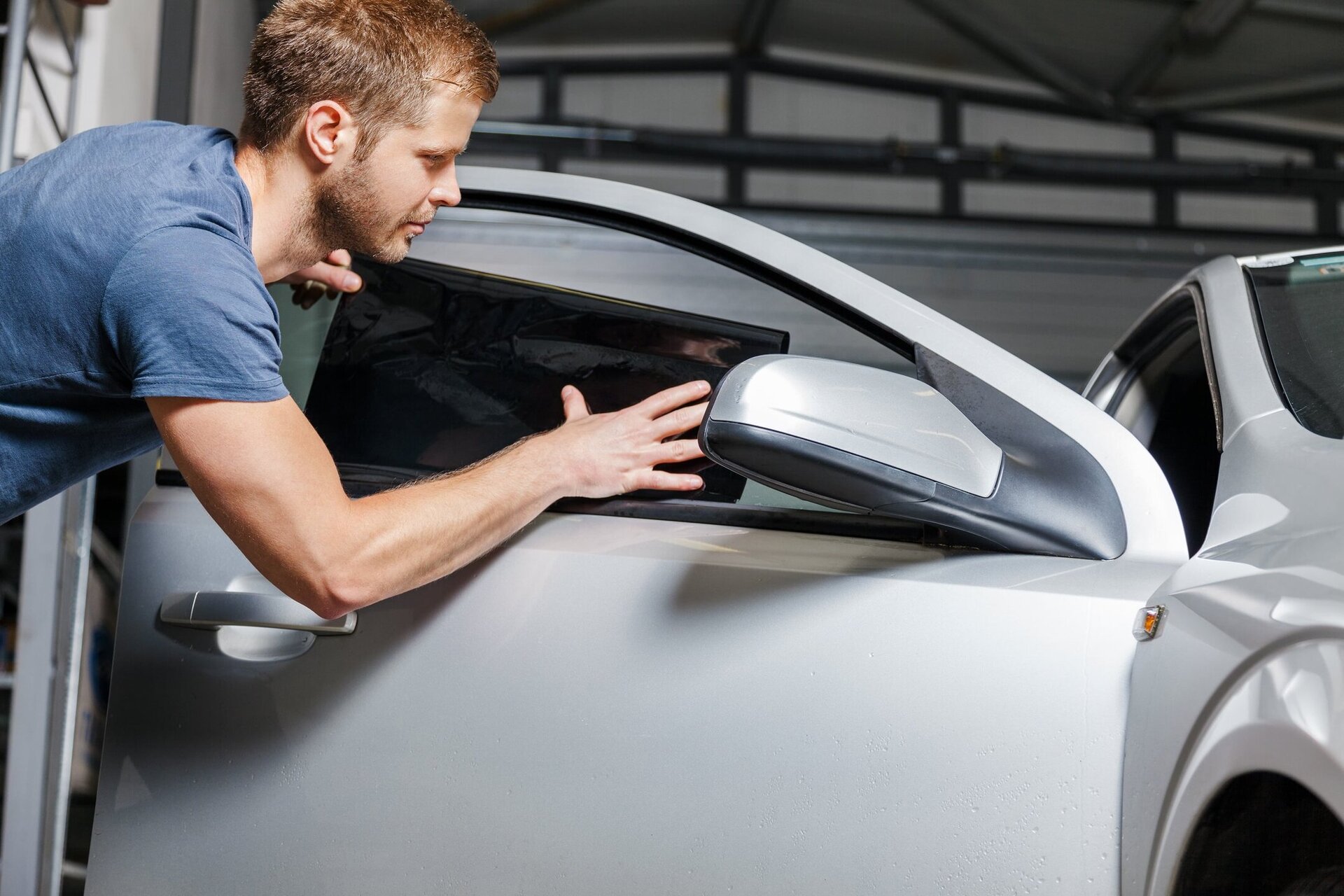
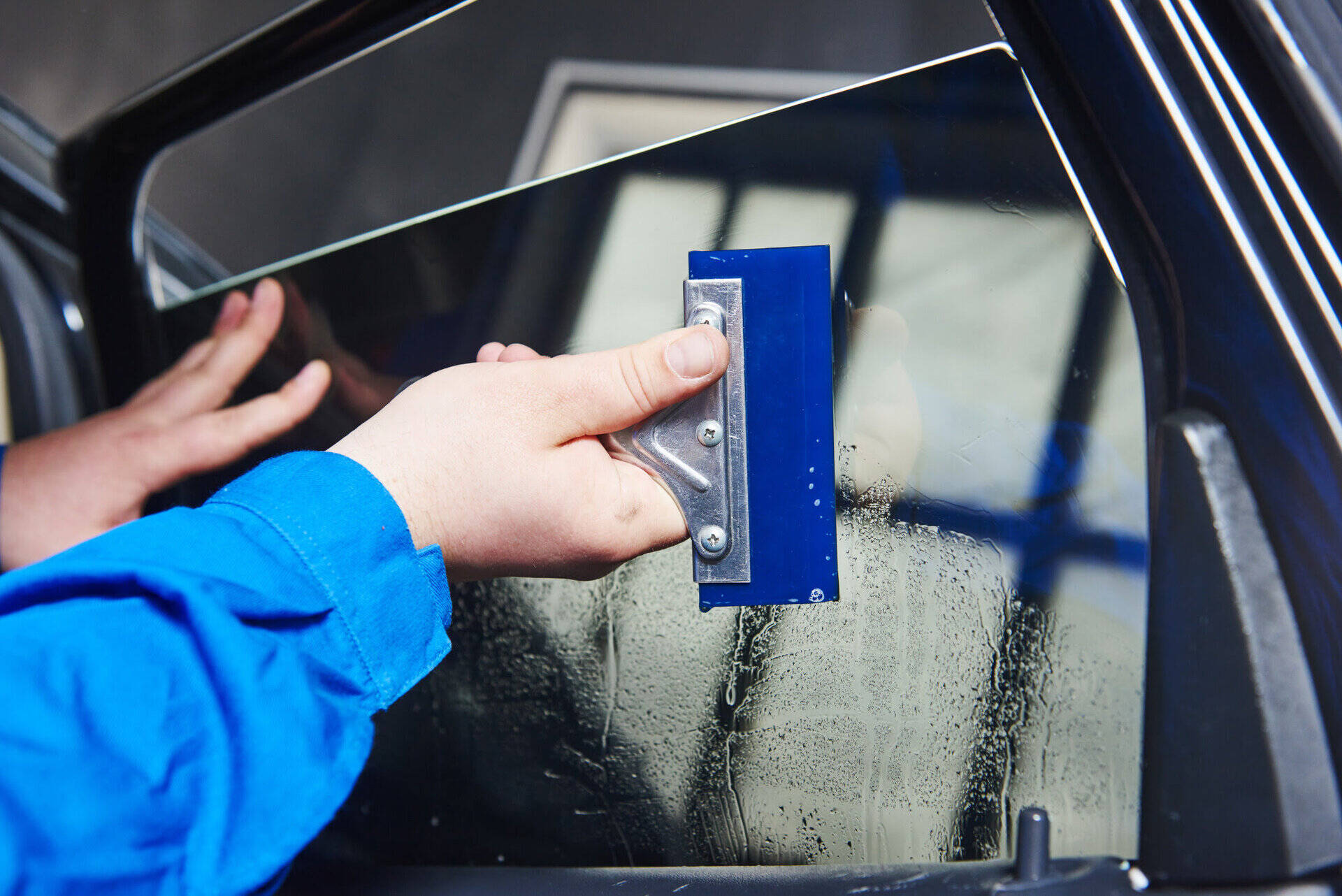
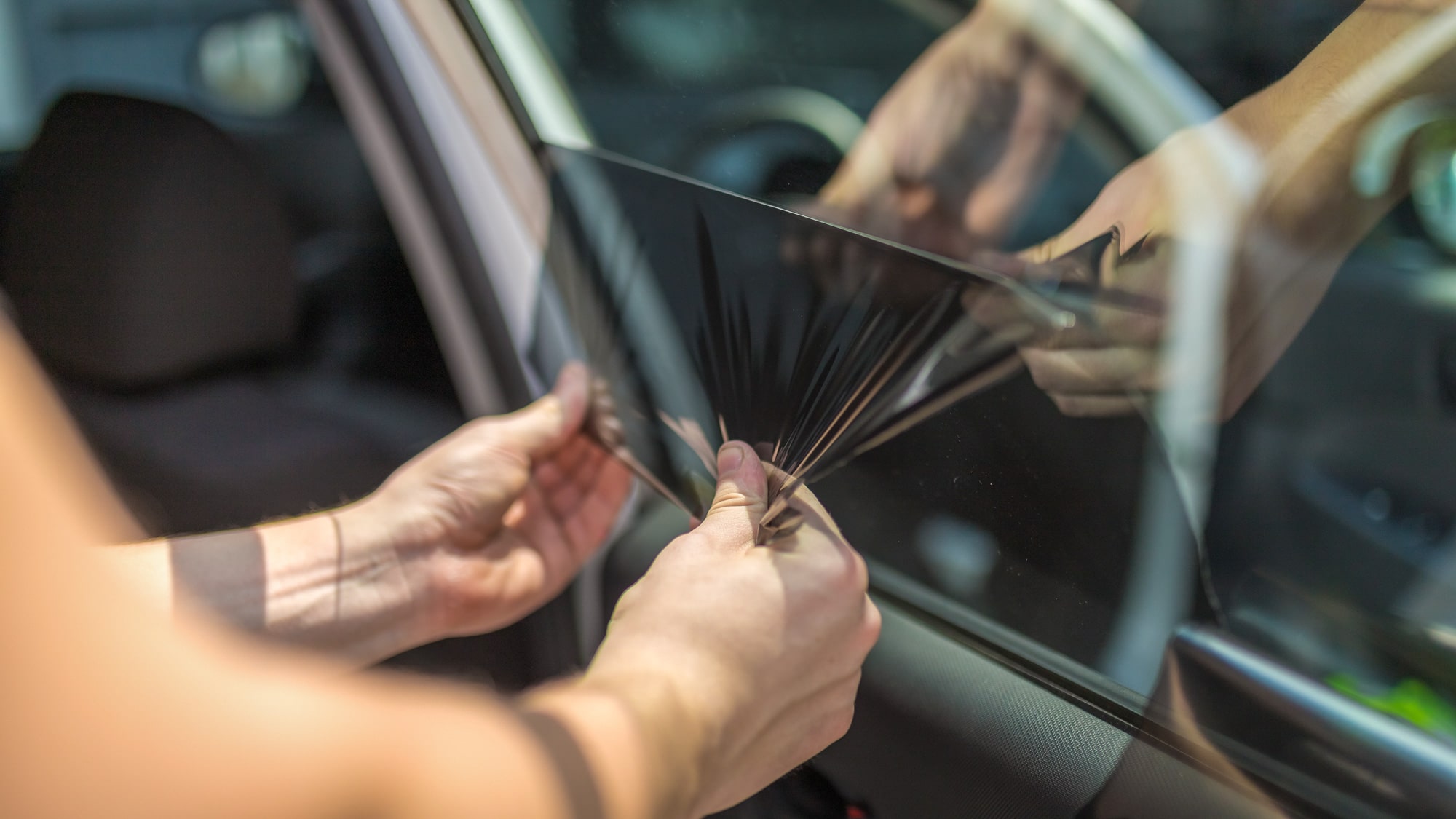
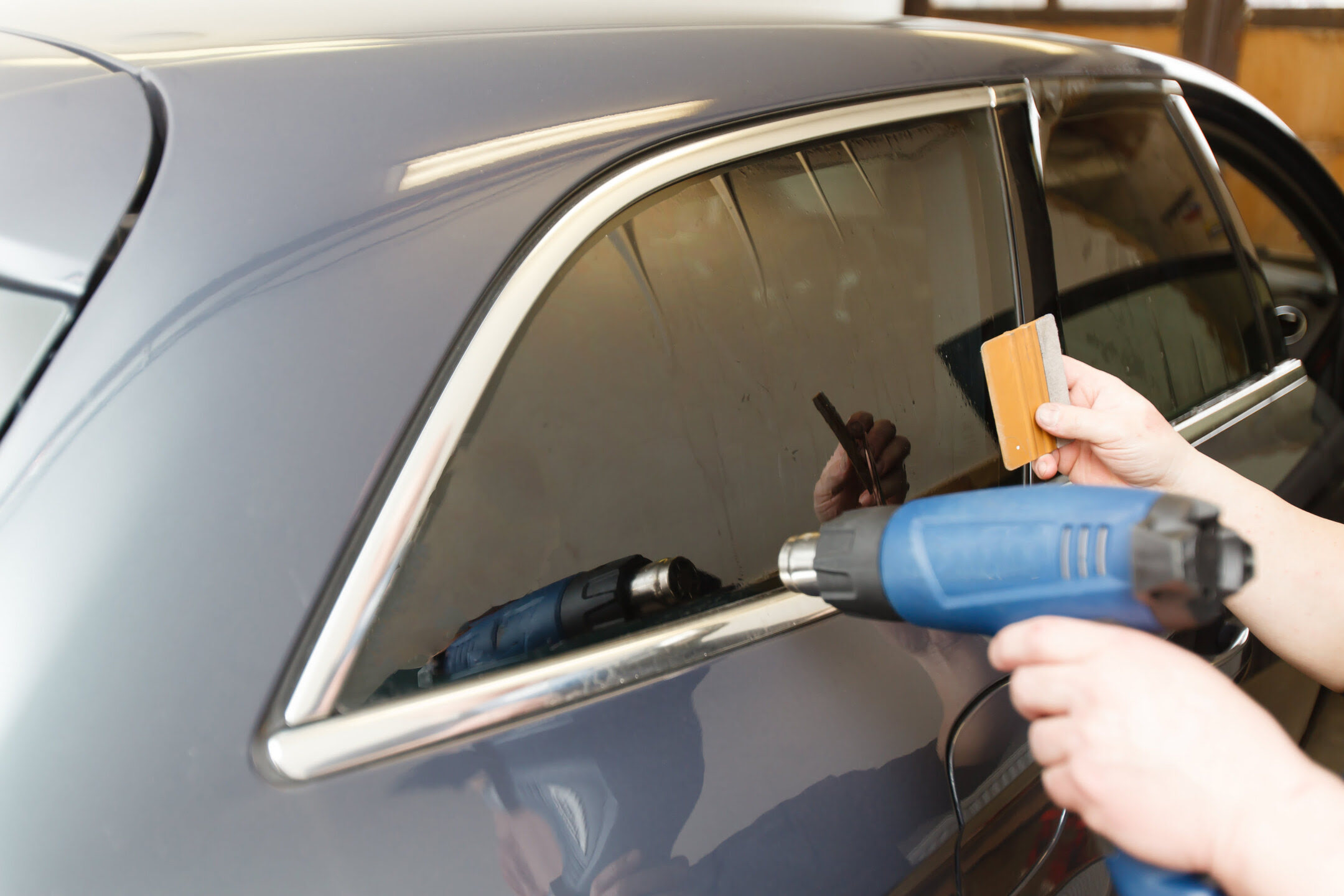
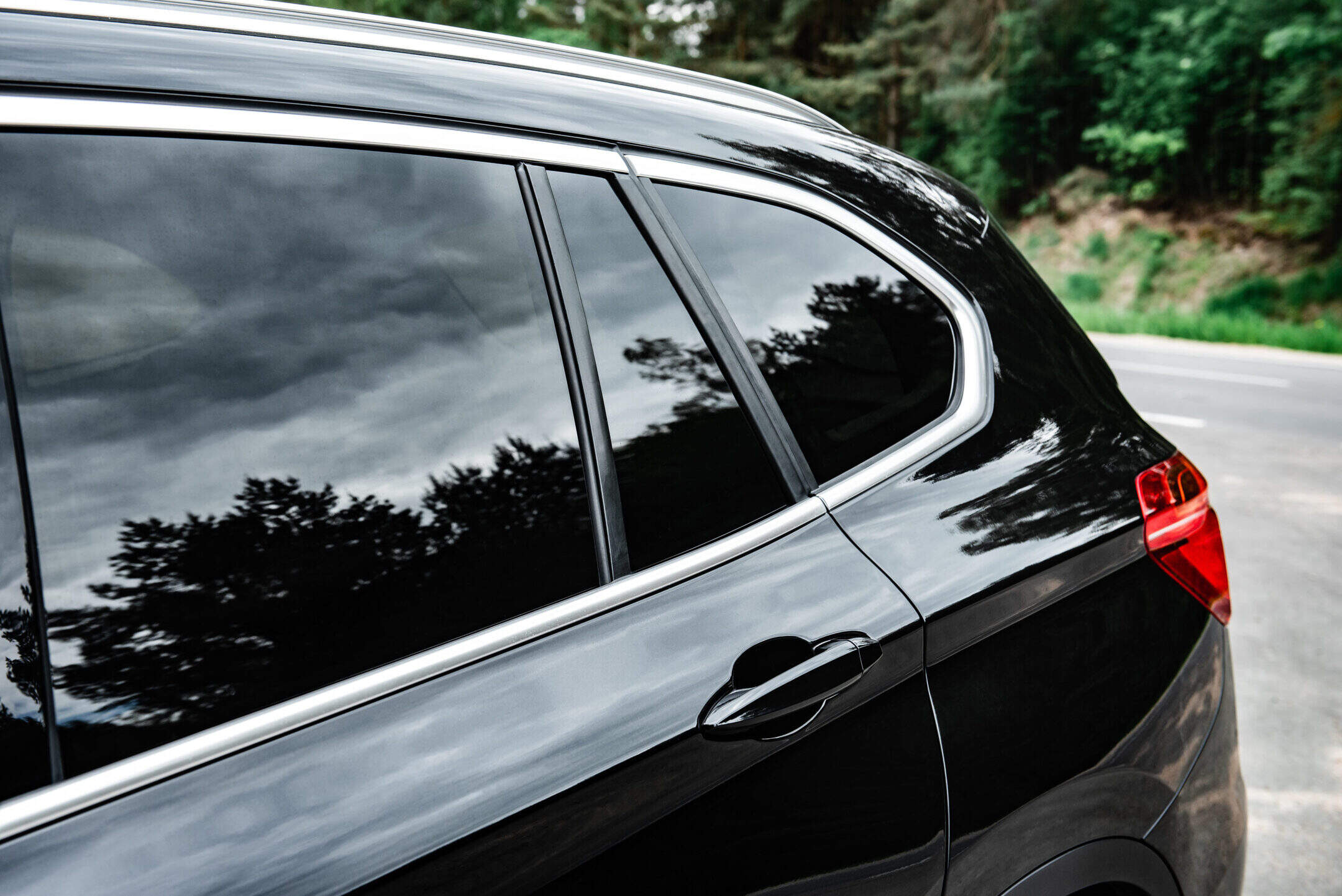
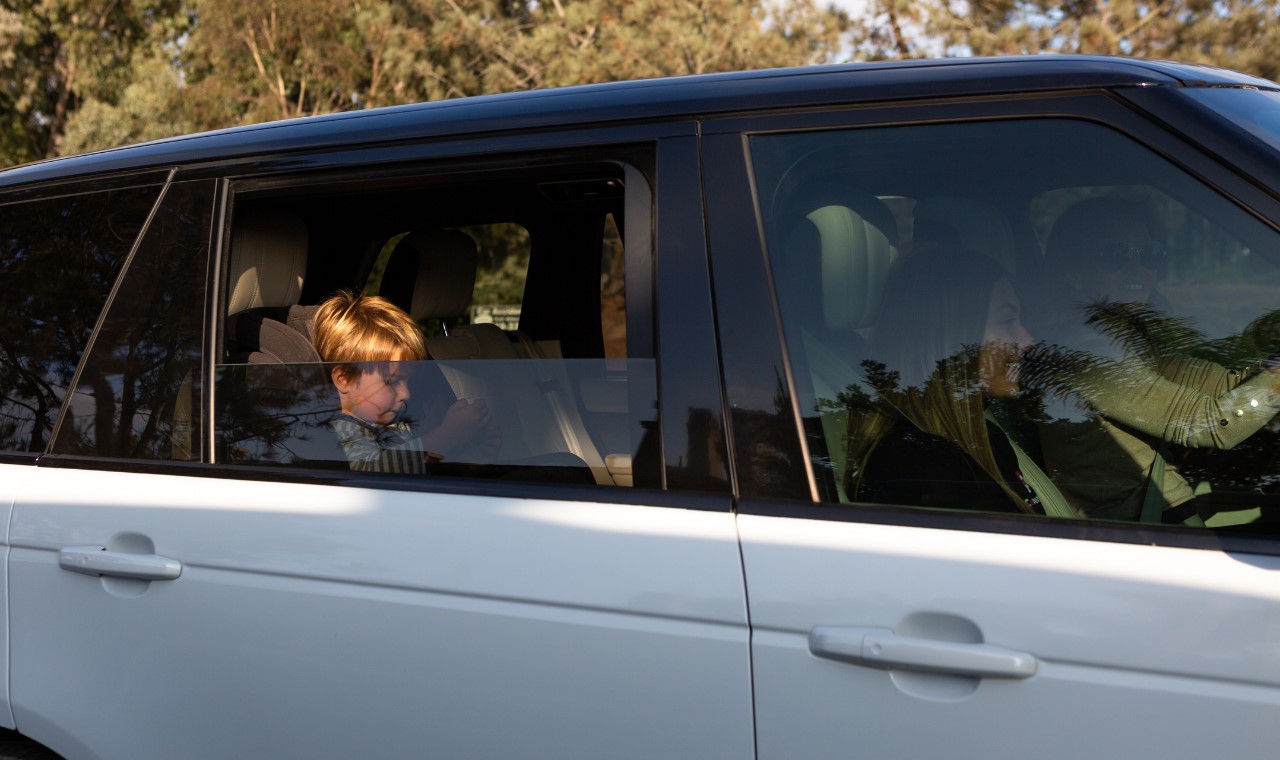
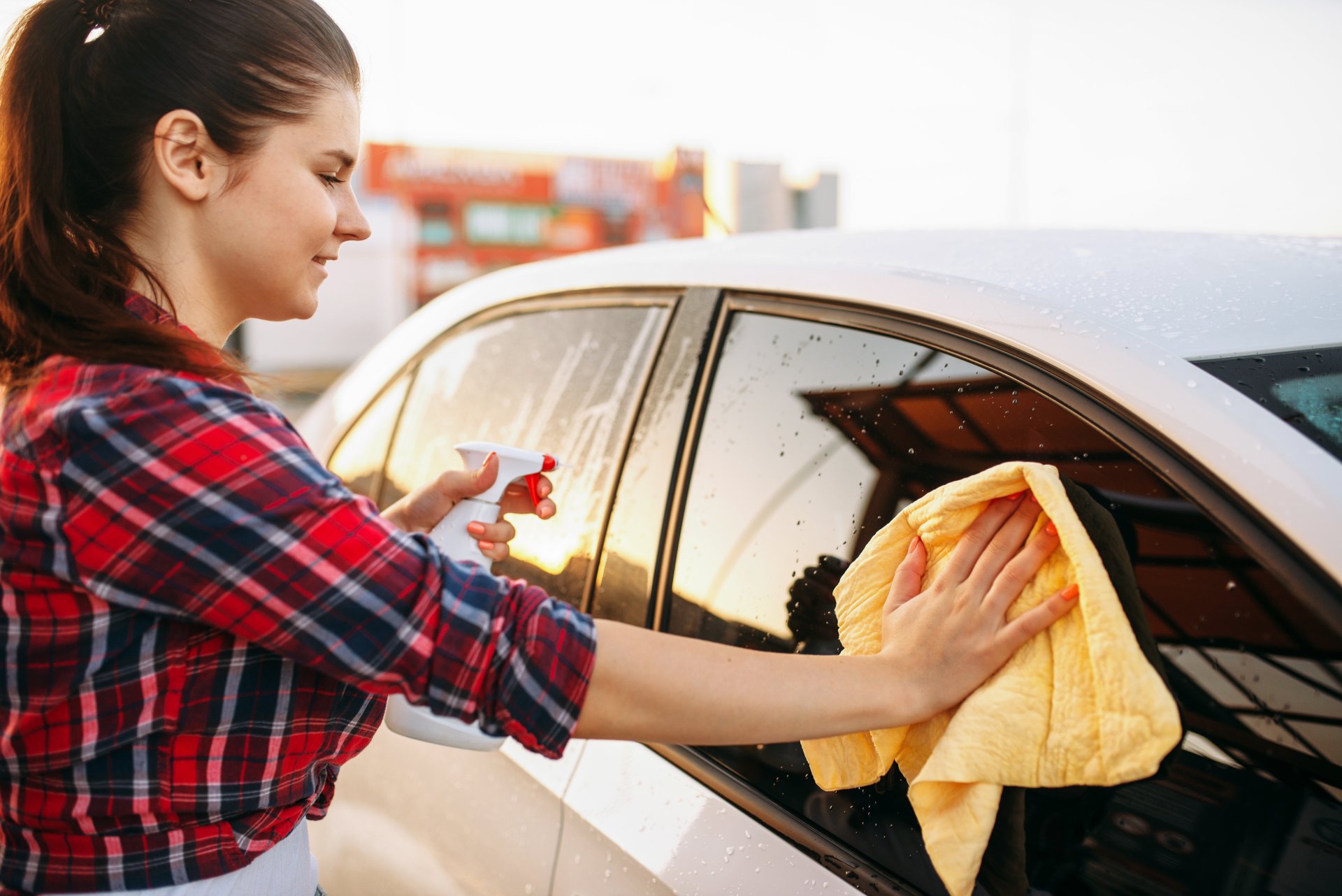
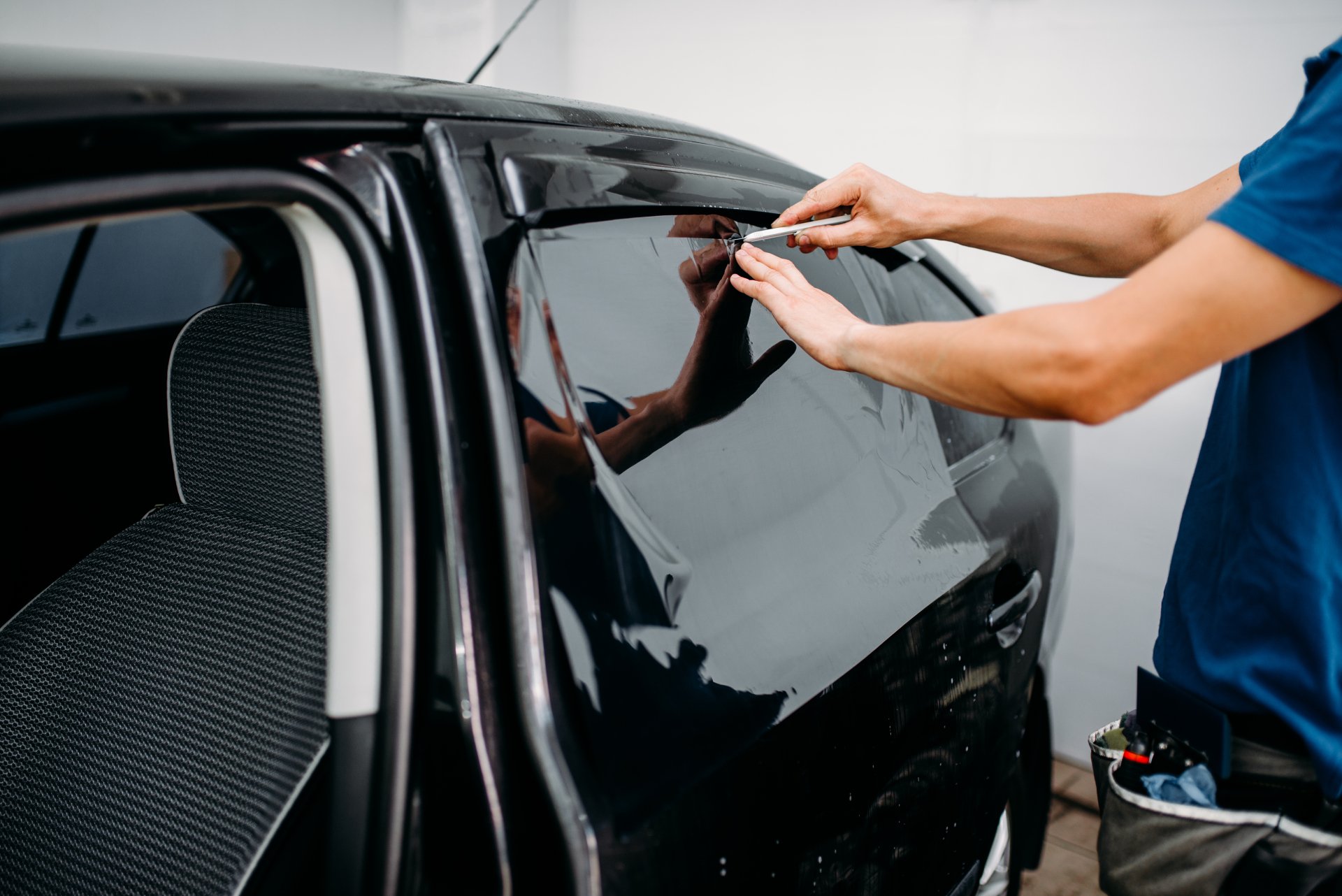
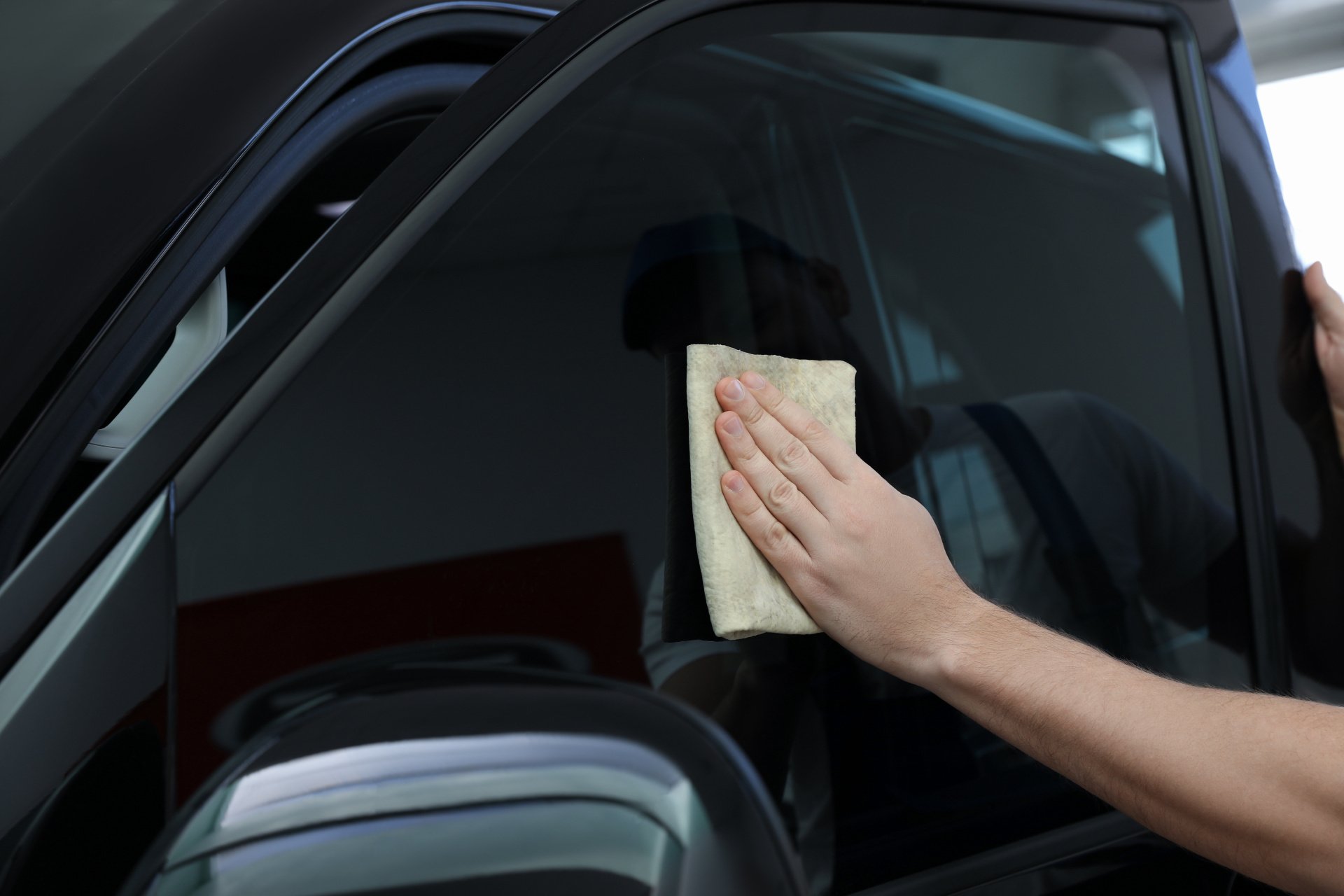
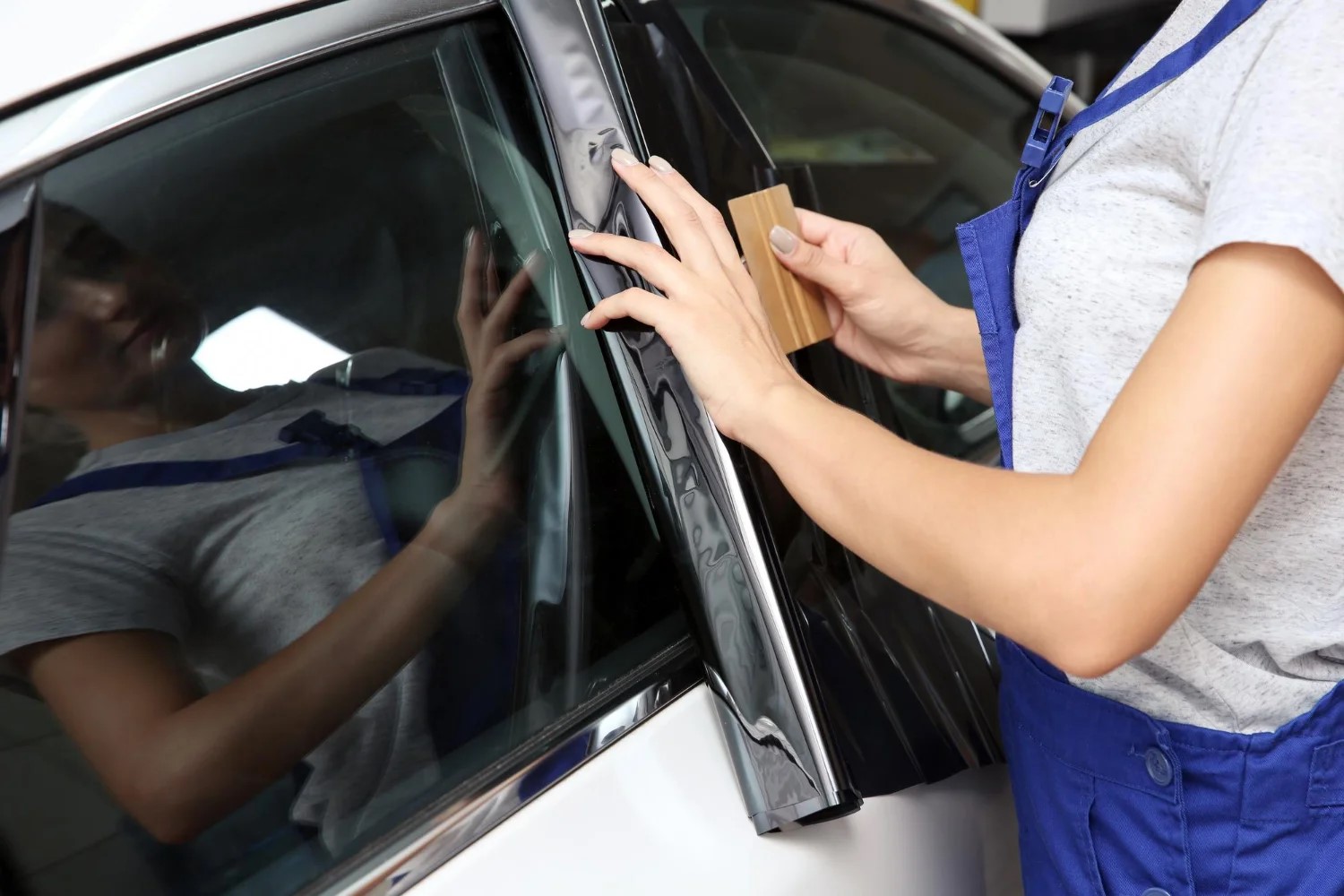
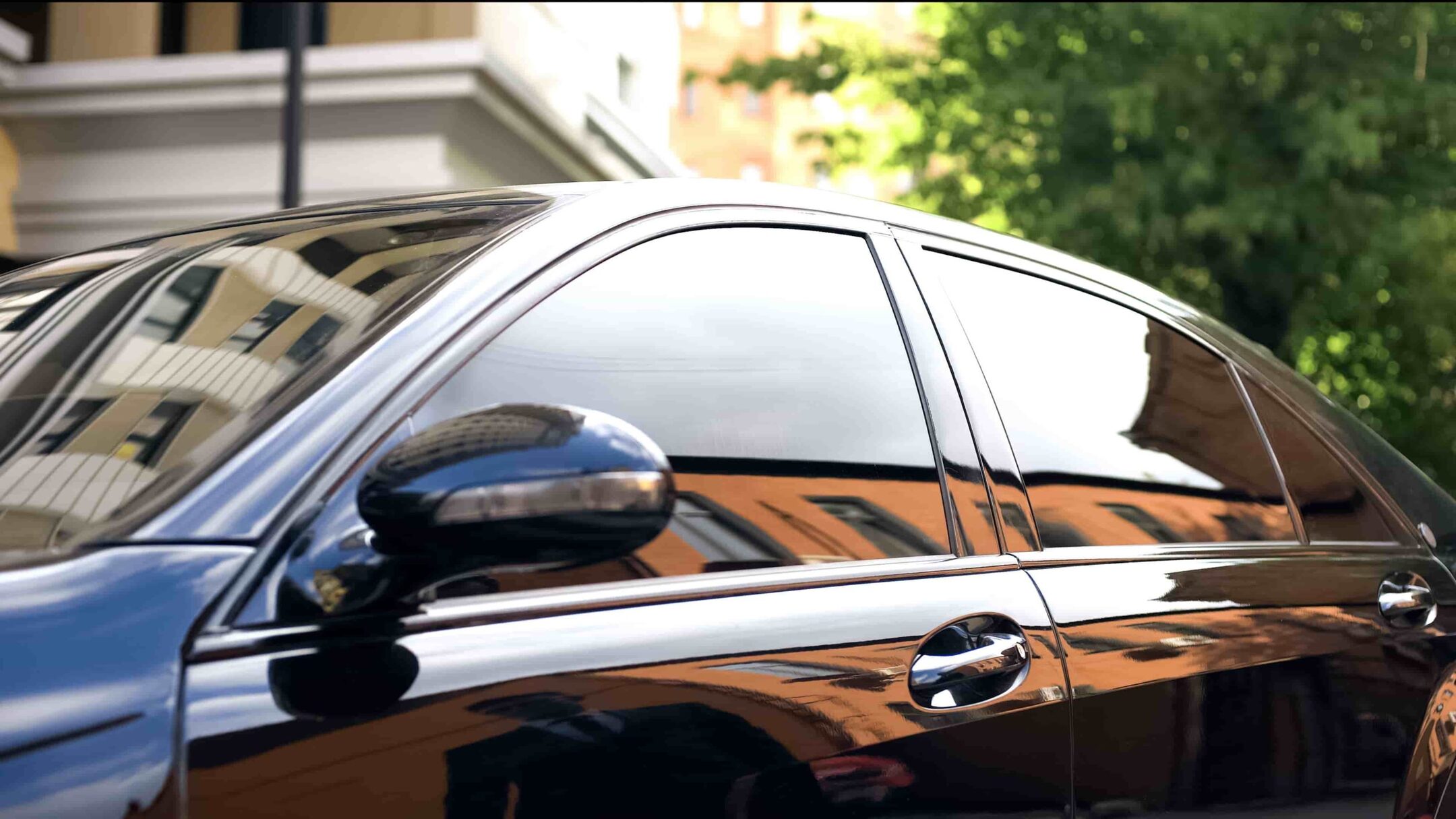
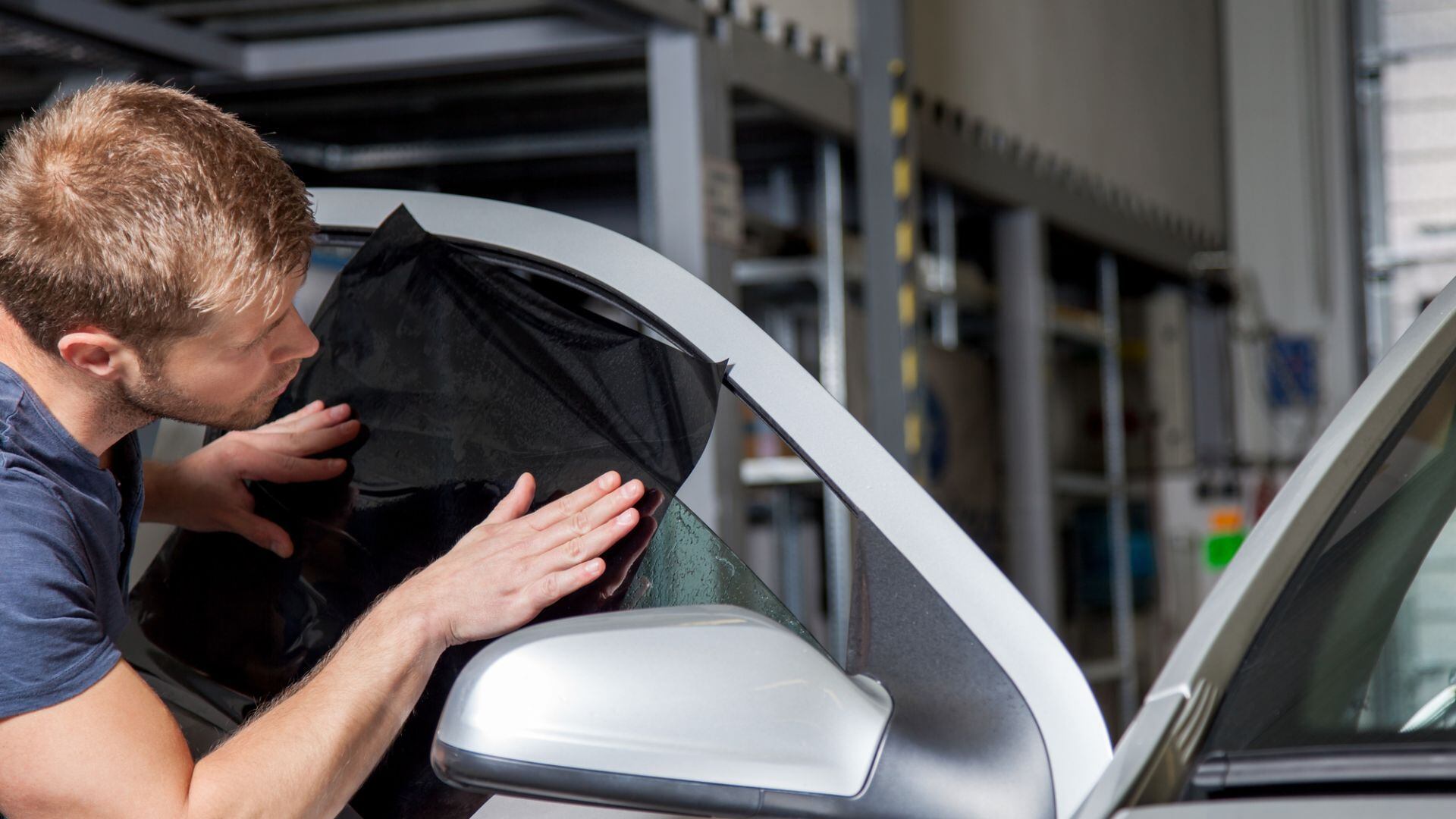
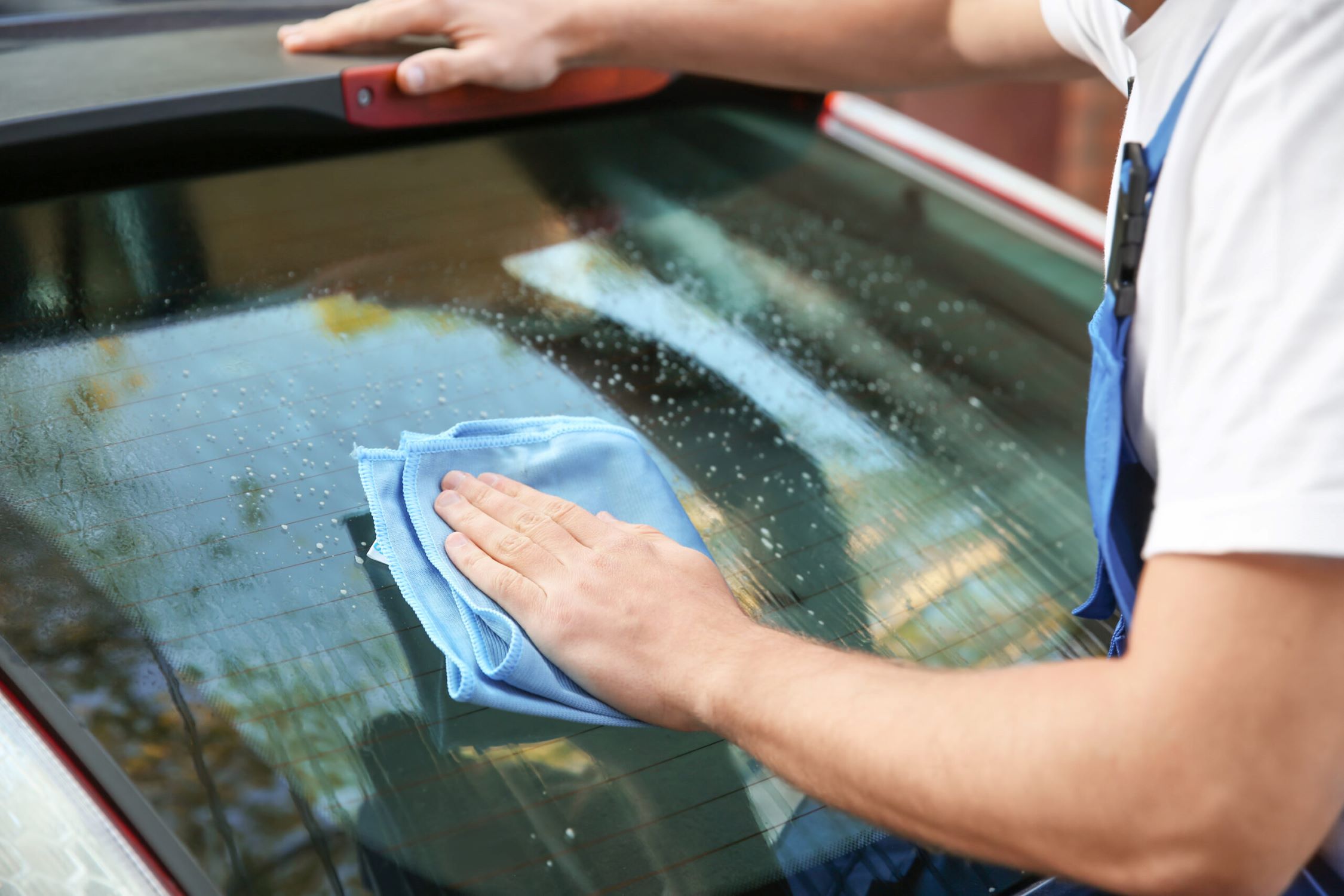
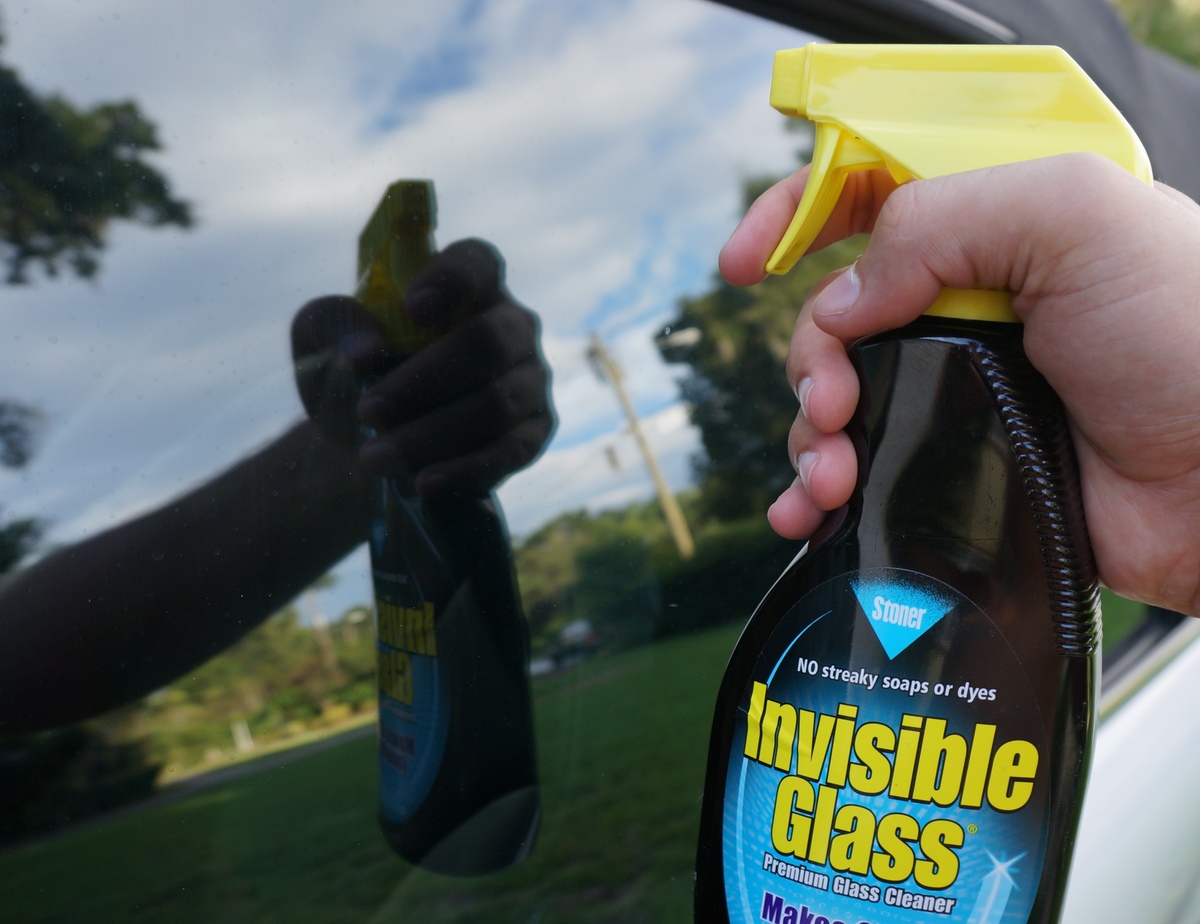

0 thoughts on “How To Tint Windows On Car”